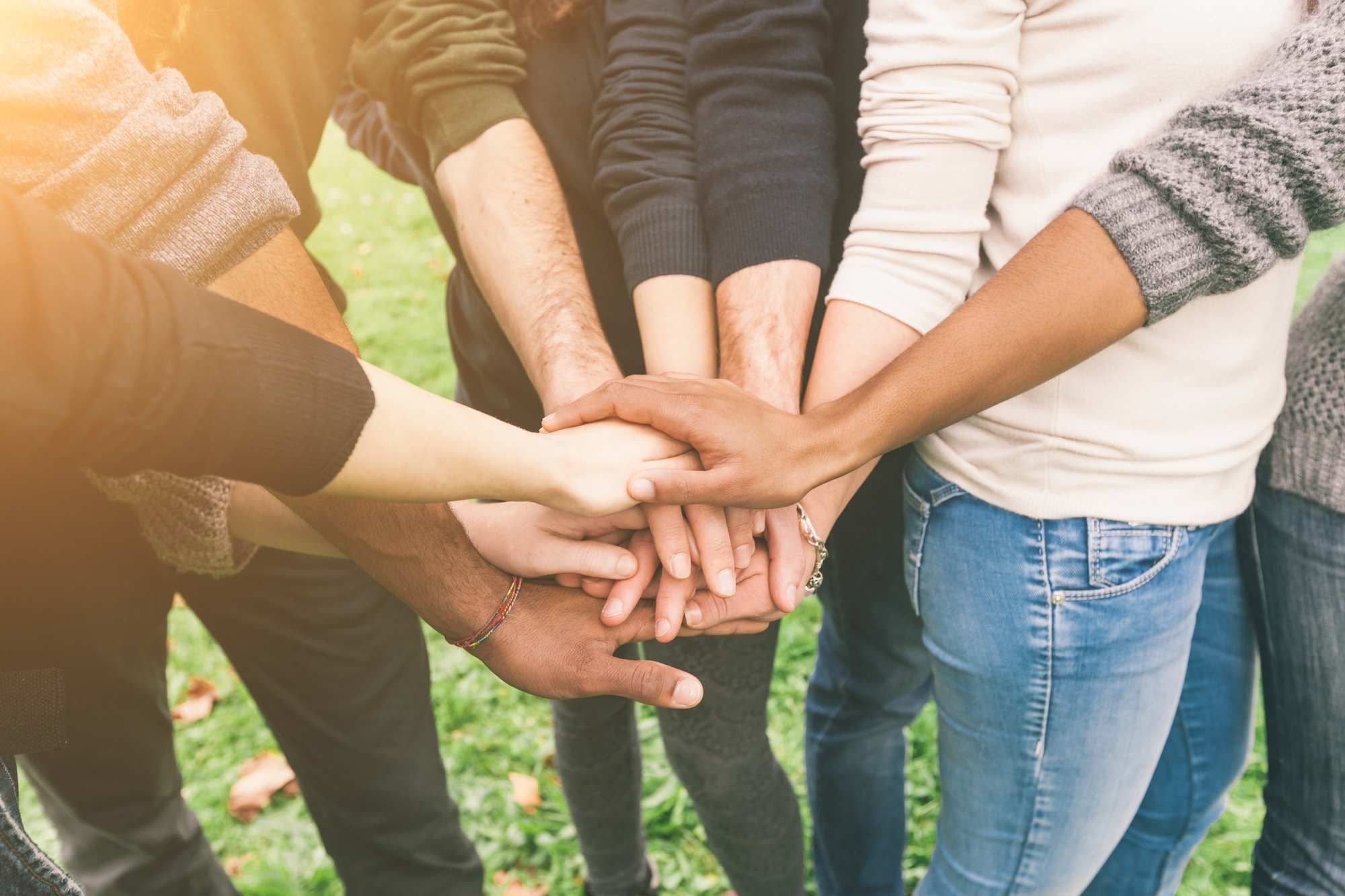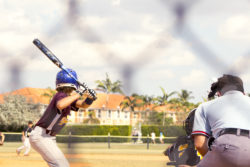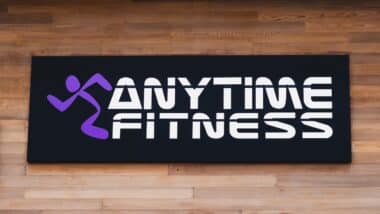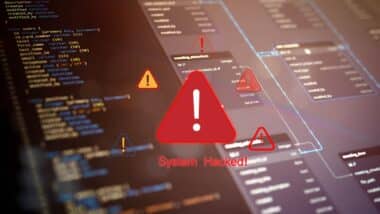
Youth organizations are a great way for children to develop interpersonal skills and provide a safe place to make healthy choices. Unfortunately, even these spaces that are meant to keep kids safe and protected can sometimes be exploited.
A growing number of reports of child sexual abuse in youth organizations are surfacing. Now there is a push from advocacy groups like The Child Center and Kidpower to educate kids about the dangers they face and how to protect themselves.
What Are Youth Organizations?
At their core, youth organizations are intended to provide community spaces for minors. These groups can be run by schools, churches, community centers, and more. They may be established at a national level with chapters all across the country, such as the Boy Scouts of America or the YMCA, or they may have only one location, serving a very particular group of kids.
Youth organizations may be very specific in scope — for instance, a particular sports team or a special interest like knitting — or they may be more broad, such as a book club or after school program or homework group, focusing more on kids’ education.
Whatever their size or scope, youth organizations are meant to provide many advantages for the young people they serve. Even groups that prioritize kids’ education as part of their mission hold in equal importance non-school related education, such as interpersonal skills, critical thinking, and personal responsibility.
One of the main reasons adults encourage kids to join youth organizations is that they can help reduce the risk of becoming involved in unsafe activities in other spaces, such as the use of drugs and alcohol or other unsupervised, risky activity.
Why is Educating Kids on Sex Abuse Important?
Making sure there are youth education programs that teach about abuse is essential to keeping children safe, say advocates. If children don’t at some level understand the dangers they face and how to recognize them, then they are far more vulnerable to such abuse than children who have been properly educated.
While youth organizations can be amazing, safe places for kids, advocates point out that there are some adults who would seek to take advantage of these spaces by using them to prey on children. Because of this risk it is extremely important to educate kids, ensuring they are taught early on about warning signs to look out for, how to protect themselves in the moment, and when to seek out the help of a trusted adult.
How Parents Can Educate Kids on Sexual Abuse?
While it can seem terrifying to educate kids about something as serious and disturbing as sexual abuse, especially in light of recent allegations involving a swath of youth-oriented organizations, such as the Boy Scouts of America, it is an essential aspect of protecting children.
When people teach kids to recognize patterns of grooming and abusive behavior, these children are better able to protect themselves and alert a trusted, safe adult. This can help abusive behavior stop before it even starts.
There are a few key points for parents and adults who want to teach children about these kinds of risks to keep in mind.
First, it’s important to take some kind of active role in your child’s activities. Not every parent can volunteer at the youth center their child hangs out at after school, and not every parent can be their kid’s sports team’s assistant coach or come to every game — work schedules and other responsibilities can prevent this level of involvement. For many, this is part of the reason their kids are involved in youth organizations in the first place.
 There are other ways to be involved, however. Parents can show up to activities when they can and make sure they meet the adults who are providing these spaces for their children. Walking their child to these activities personally can help make sure the activity is not a one-on-one situation, and can also allow the parent to assess their child’s comfort level with the adults present.
There are other ways to be involved, however. Parents can show up to activities when they can and make sure they meet the adults who are providing these spaces for their children. Walking their child to these activities personally can help make sure the activity is not a one-on-one situation, and can also allow the parent to assess their child’s comfort level with the adults present.
If the activity involves a one-on-one session with an adult, make sure that you are either present for the session or that it’s set up in a way that can be easily interrupted by someone — with the door open in an area with lots of other people, for instance.
The subject of child abuse, particularly child sexual abuse, is obviously a very sensitive and disturbing topic. However, this doesn’t mean that there aren’t age-appropriate ways to educate youth about these risks.
For example, parents can teach children of any age about what parts of their body are private. Advocates say that using the correct terms for these body parts, so as to remain factual and not confusing, is important.
Moreover, advocates urge parents and guardians to let their children know that touching any part of their body without their consent in a way that makes them feel uncomfortable, regardless of whether it is technically a “private” body part, is not okay.
Parents can model appropriate behaviors for respecting their children’s bodies at home, such as hugging, kissing, tickling, and more, ensuring that the children always feel comfortable saying no if they don’t feel like a certain type of touching.
Advocates also say that parents should teach kids that it is not okay if an adult asks them to keep secrets — this can be a way that adults make sure kids stay quiet about abuse or other scary situations.
One of the most important things, say advocates, is that after adults educate kids about these risks and tell them to trust their gut in these situations, adults must follow this up by trusting the kids and not dismissing any concerns they bring forward about someone they feel threatened by, have bad feelings about, or may otherwise perceive as a risk. Parents and guardians must listen to children and take their concerns seriously.
Approximately 1 in 3 adults “would not believe a child if they disclosed sexual abuse,” according to a study from the Australian Childhood Foundation. This can lead to children not disclosing the abuse to a trusted adult who might be able to get them out of the abusive situation or otherwise get them the help they need. In many cases, child victims do not tell anyone about the abuse for at least a year — and many may stay silent for decades.
Other Ways Organizations Can Protect Kids
Society must work collectively to prevent child sex abuse, according to Prevent Child Abuse America. Prevention programs that focus solely on educating kids and parents and perhaps help survivors of child sex abuse are not enough, says the advocacy group. Organizations that work with children, in addition to offering a component to educate kids, should take additional steps to help protect against child sex abuse, such as background checks.
Prevent Child Abuse America recommends organizations include the following aspects in their abuse prevention programs:
- Educating adults about the signs of abuse
- Making preventing child abuse an “affirmative obligation” of adults involved in the organization
- Train parents, caregivers, and professionals who work with children to properly handle and report disclosures of sexual abuse by children
According to the advocacy group, educating children is only part of the solution. They point out that research indicates programs that educate kids about sexual abuse do little to prevent abuse on their own.
Nearly half of all children who are sexually abused are 6 years old or younger, Prevent Child Abuse America points out. Children this young, although they may be educated about abuse, are likely not able to resist older and stronger perpetrators of abuse. Additionally, young children are extremely susceptible to grooming and victimization.
Programs need to shift responsibility for preventing and reporting child sex abuse to adults, says the advocacy group. Signs of sexual abuse are often subtle, and adults need to be trained in how to identify concerning behaviors and how to act.
How Are Children Being Protected?
In addition to the need to educate children about abuse, it is also important to educate adults about how to look out for abuse, and deal with it if it does occur. There are laws in place that help protect children from abuse, and that emphasize the importance of training and proper reporting of abuse.
Employees and volunteers involved in youth organizations should be trained not just in how to recognize abuse, but also how to be mindful of how they interact with the children they work with, regarding things like appropriate conversations and physical touch and how private they are allowed to be. Adults should also be aware that abuse can take place between children, with older children abusing younger ones — indeed, according to one study, as many as 40% of children who are sexually abused are abused by other children who are either older or more powerful (or both).
The Protecting Young Victims from Sexual Abuse and Safe Sport Authorization Act of 2017, often known simply as the Safe Sport Act, is a federal law that works to protect children from abuse in youth sports. The law, created in 2017 and implemented in 2018, relates to all organizations in which adults work with youth. It requires the organizations to provide abuse awareness training, create procedures to help prevent abuse, and requires staff members to report abuse if it does occur.
Organizations that implemented the Act include those with national governing bodies, as well as those that operate independently. In the case of organizations that do have national bodies, the Safe Sport Act requires all levels of an organization to adhere to the same polices regarding abuse, even down to the local level of an organization.
One challenge that may come with the law is making sure that organizations are aware of its requirements. Critics have worried that it was not publicized well enough, so many well-meaning organizations may not have been aware that it was passed, or may be inadvertently violating the law.
Other critics note that the law does not come with funding to enforce it. So, though the law does make demands on organizations to provide training around sexual assault, this may be a financial and logistical challenge for organizations with limited resources. Some experts have worried that the combined effect of the law’s limited publicity and lack of funding may mean that the law is less effective than it should be.
Filing a Child Sexual Abuse Lawsuit
As many states are making changes to their childhood sexual abuse laws, growing number of survivors of child sexual abuse are coming forward with their own allegations against their abusers, as well as the organizations that allowed this abuse to take place—by failing to recognize it, ignoring it, or even actively covering it up. Organizations that have been embroiled in these lawsuits include the Boy Scouts of America, schools, and sports teams among others.
While litigation cannot take away the pain and suffering, or trauma caused by child sexual abuse, it can at least help to provide some monetary compensation, as well as hold those responsible for this suffering — including the perpetrators and the organizations that allowed the abuse to take place — accountable for their actions and inactions.
Filing a lawsuit can be a daunting prospect, so Top Class Actions has laid the groundwork for you by connecting you with an experienced attorney. Consulting an attorney can help you determine if you have a claim, navigate the complexities of litigation, and maximize your potential compensation.
This article is not legal advice. It is presented
for informational purposes only.
ATTORNEY ADVERTISING
Top Class Actions is a Proud Member of the American Bar Association
LEGAL INFORMATION IS NOT LEGAL ADVICE
Top Class Actions Legal Statement
©2008 – 2026 Top Class Actions® LLC
Various Trademarks held by their respective owners
This website is not intended for viewing or usage by European Union citizens.
E-mail any problems with this form to:
[email protected].
Oops! We could not locate your form.












